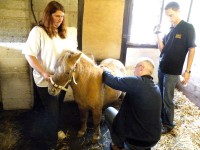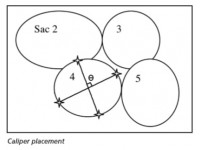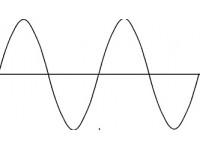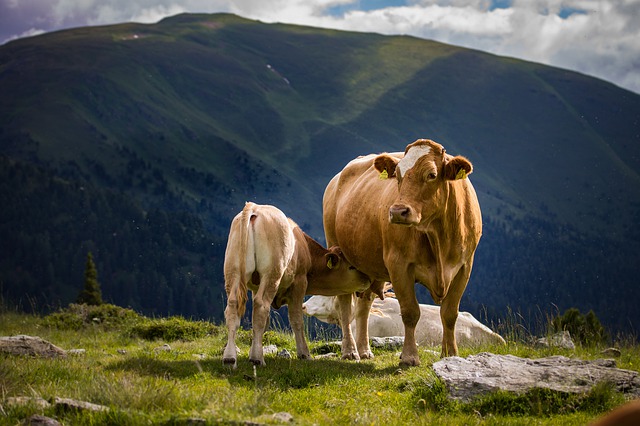Vet Image Solutions, passionate about ultrasound.
Vet
ANIMAL FEED NEED NOT BE 'BOARING’
This week we look at a slightly more ‘alternative’ role for ultrasonography within the veterinary species. Instead of using ultrasound waves to take images of the animal in question, ultrasound is used in swine food instead. Confused? Don’t be, just read on and all will become clear!
WHEN LABOUR GOES WRONG
This week the condition termed labour dystocia will be looked at, whereby the newborn is prevented from leaving the mother’s uterus during birth. This can have serious consequences for both the baby and the mother, and therefore needs to be identified and treated accordingly (Wikipedia).
AN ABSTRACT LOOK AT VETERINARY ULTRASOUND
One of the recurring themes that keep cropping up week after week is the lack of available information relating to veterinary science, particularly in both the research and clinical fields.
WHY DO HIGHER FREQUENCY TRANSDUCERS GIVE BETTER RESOLUTION?
Image resolution can be axial, lateral or temporal. Temporal resolution (or frame rate) is dependent upon your imaging area and the depth to which you are scanning, and is not frequency-dependent.
WHAT IS PULSE INVERSION IMAGING?
The new SonoScape S8Exp boasts pulse inversion imaging over the standard tissue harmonic imaging of the S8v. So what is it, and how does it work?
HAVING THE GALL TO IDENTIFY MORE APPLICATIONS FOR VETERINARY ULTRASOUND TECHNOLOGY
This week we are focusing on the use of a particular ‘subtype’ of ultrasonography within a research-based context. Utilising three-dimensional (3D) ultrasound relative to two-dimensional (2D) ultrasound imaging, the paper we are looking at this week will assess the use of ultrasonography in relation to the canine gallbladder.











